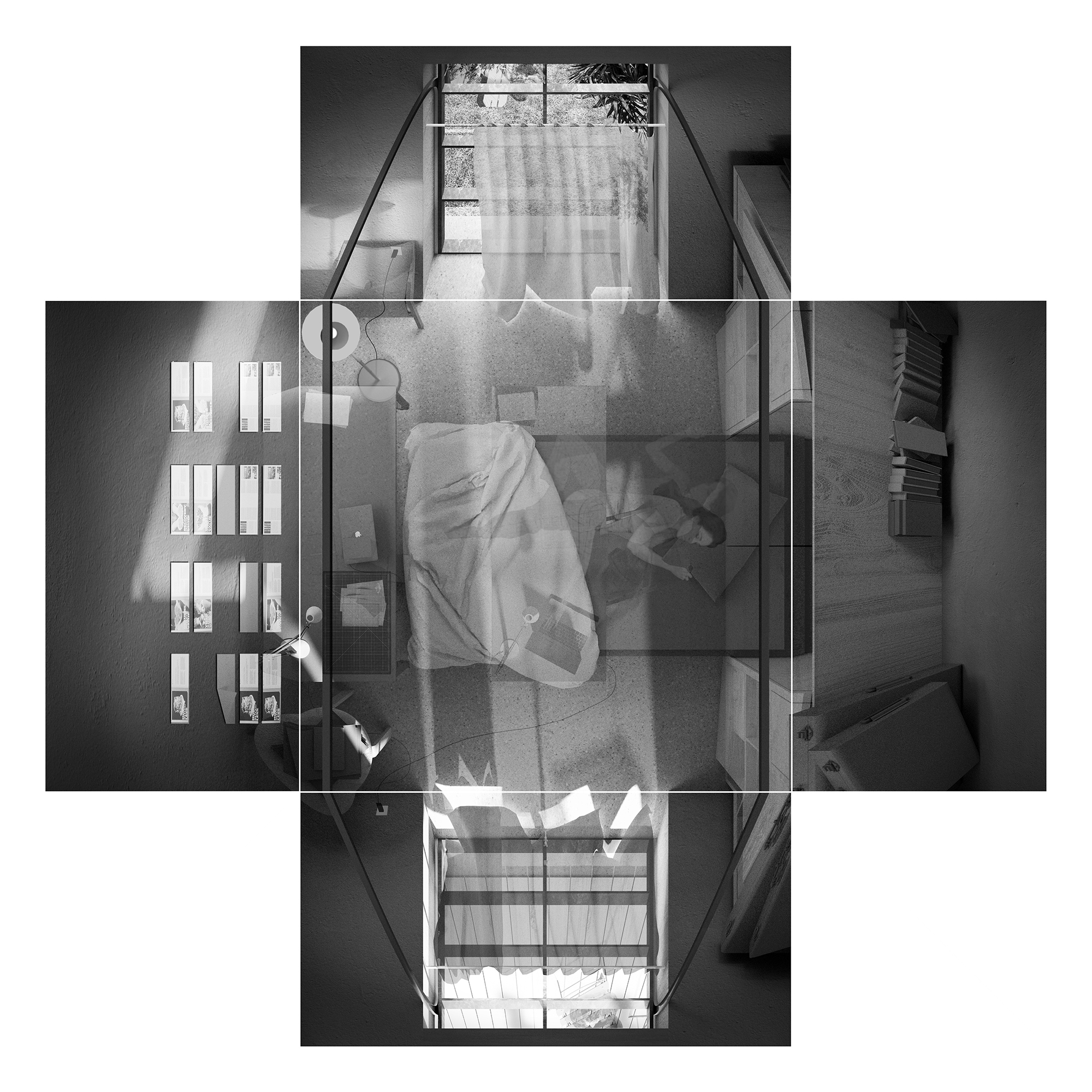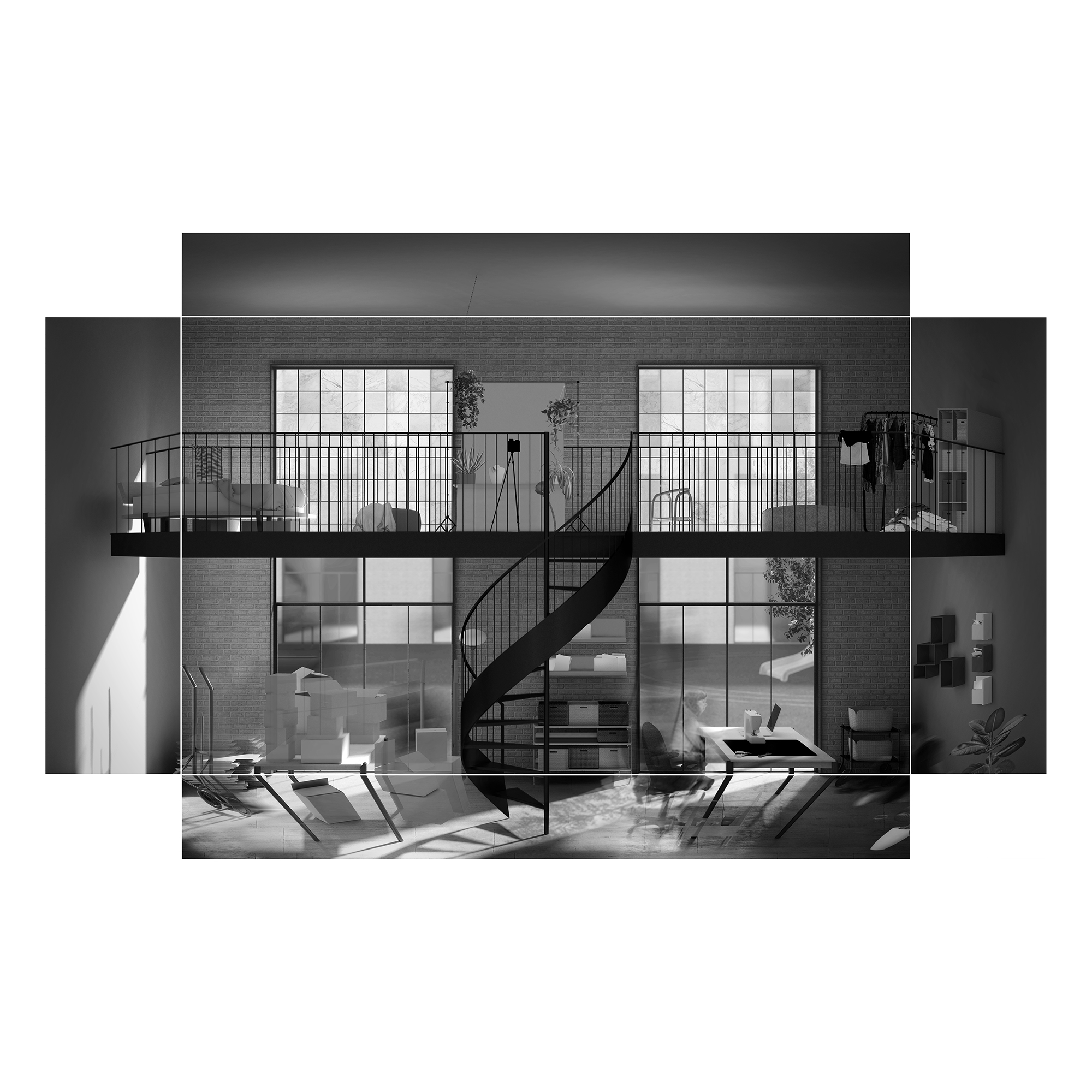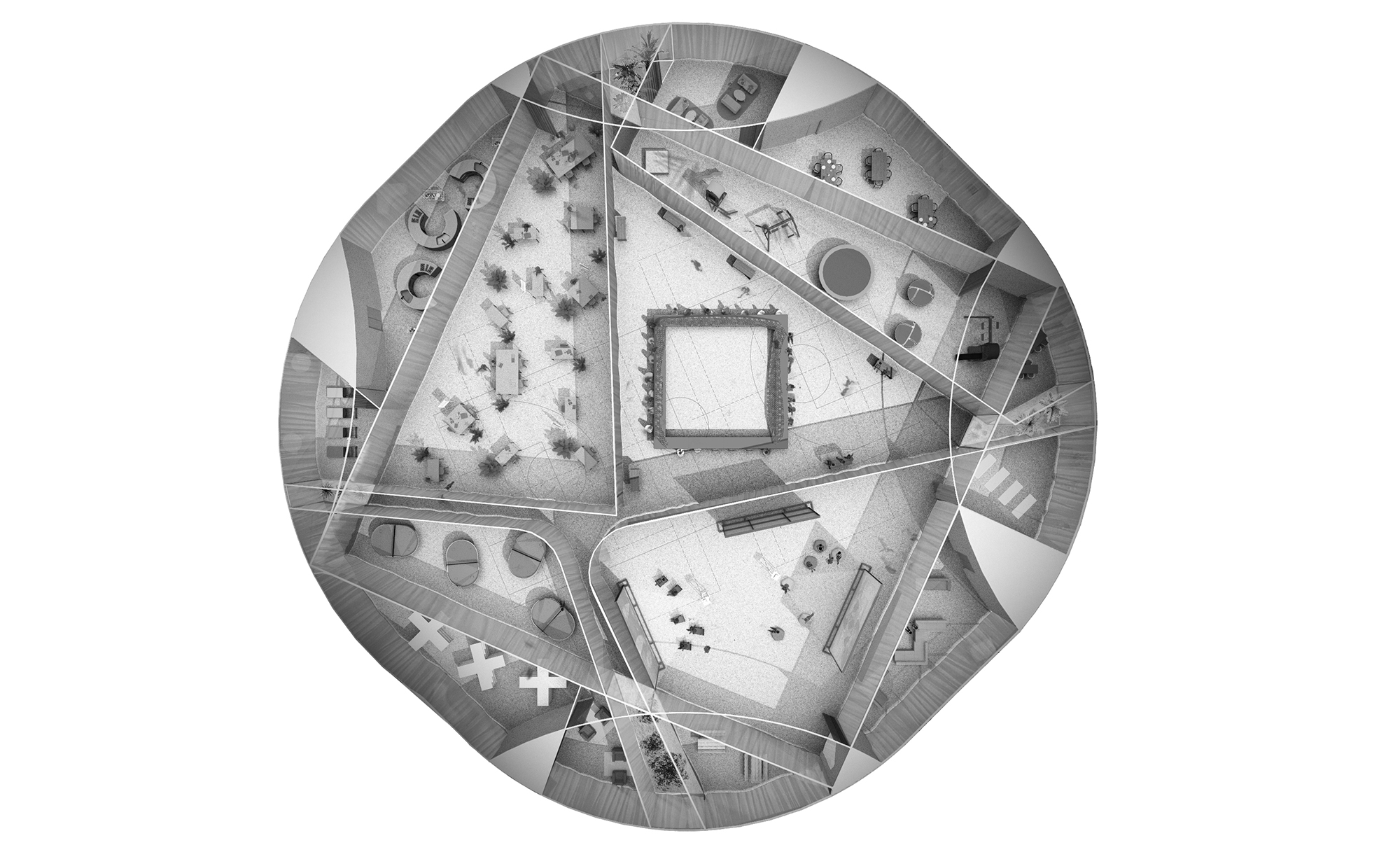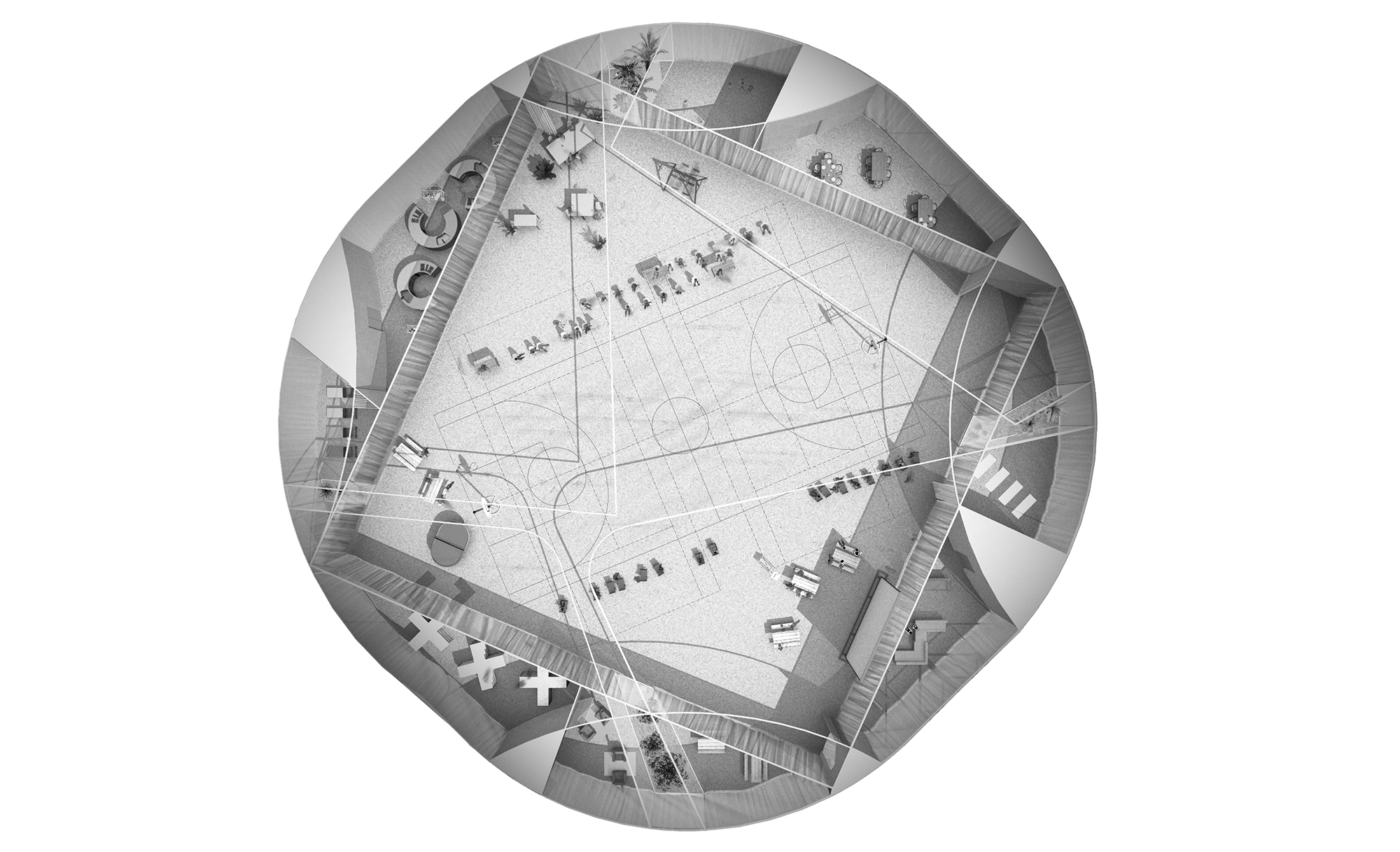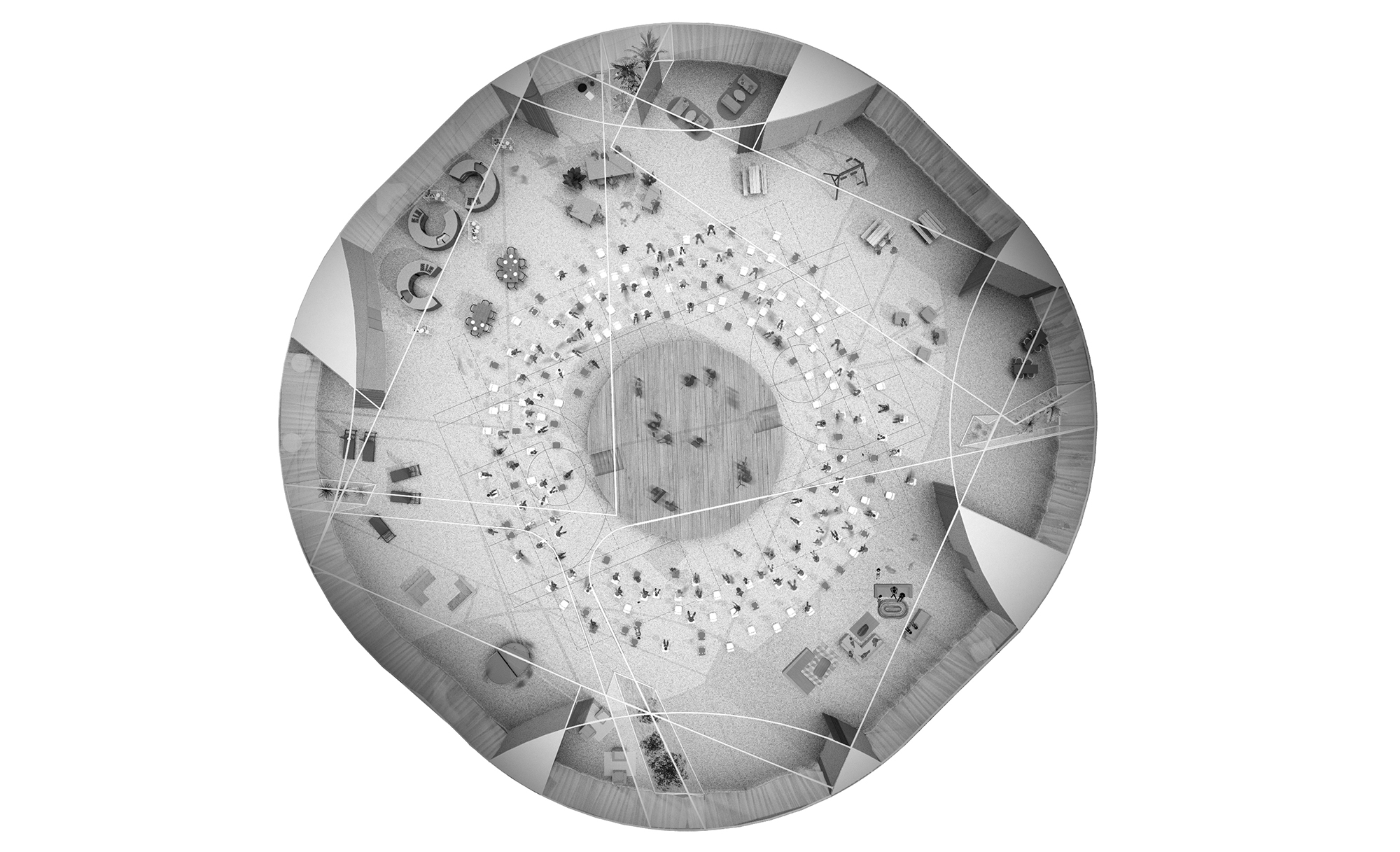Excerpt:
“Transformations from material to immaterial labor over the latter part of the 20th century has instigated more flexible yet unstable forms of life. Immaterial labor is often a precarious form of work that lacks social security, stability, and equitable remuneration. As more and more people are living precariously, it has resulted in the emergence of a new ‘class-in-the-making’—the precariat. This heterogeneous group is difficult to locate, map, and identify partly due to a lack of their own class-consciousness and partly because their precarity is often most visible in the private intimate realm of domestic space. These two issues are interrelated as solidarity requires an understanding of shared values and conditions. Ironically, it is within the domestic realm that precarious forms of labor have long existed for the maintenance and biological reproduction of life. This is often what we might consider domestic labor (cooking, cleaning, maintenance of the household). This form of labor—often engendered and enslaved—was typically invisible; housed and naturalized within the private realm. In what follows, forms of representing the often hidden lifestyles of precariat as well as new forms of solidarity through living and working together are presented. Using architecture as a frame to see these sites offers the pre-condition for providing a class consciousness to this heterogeneous group.”

